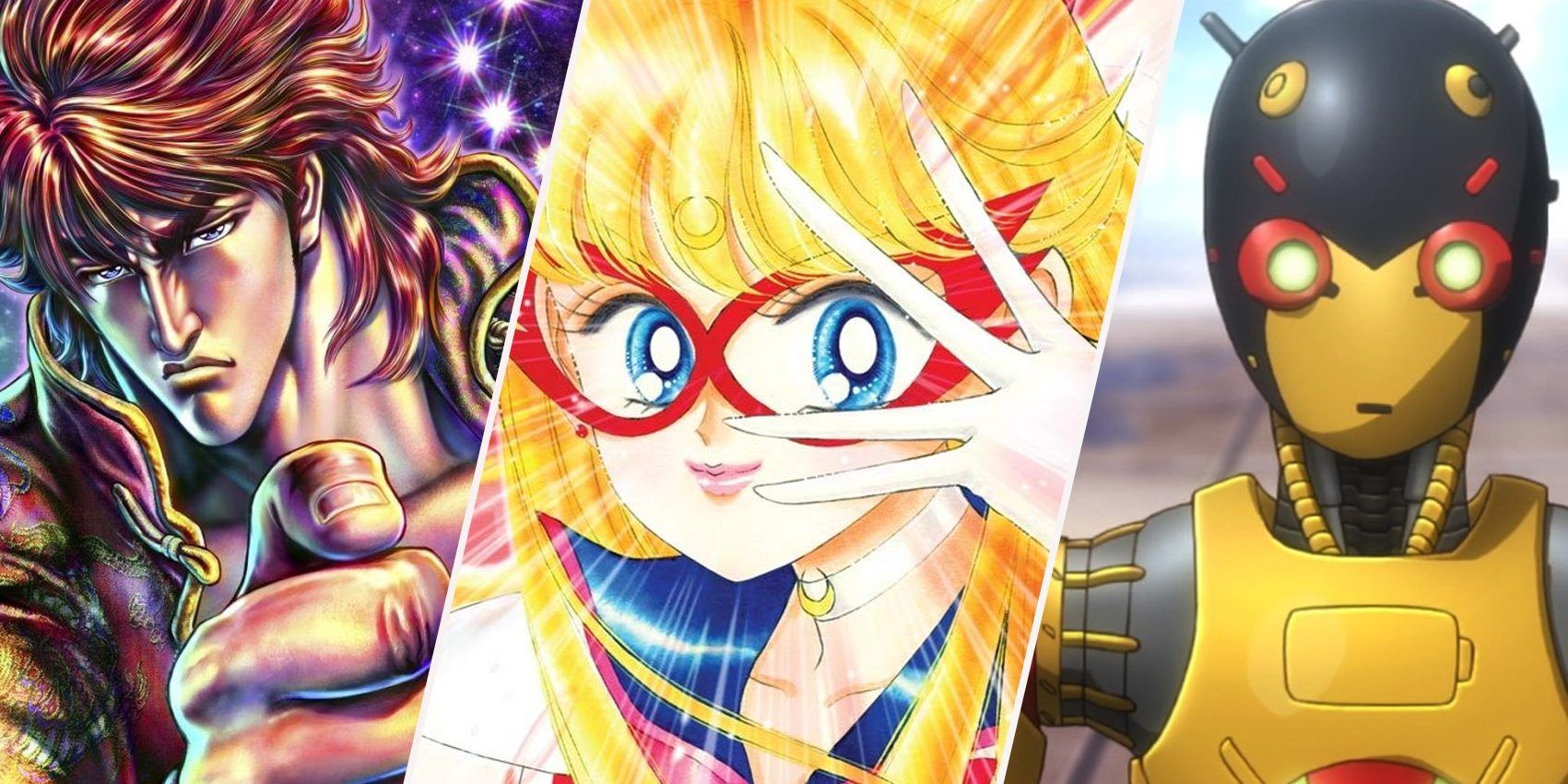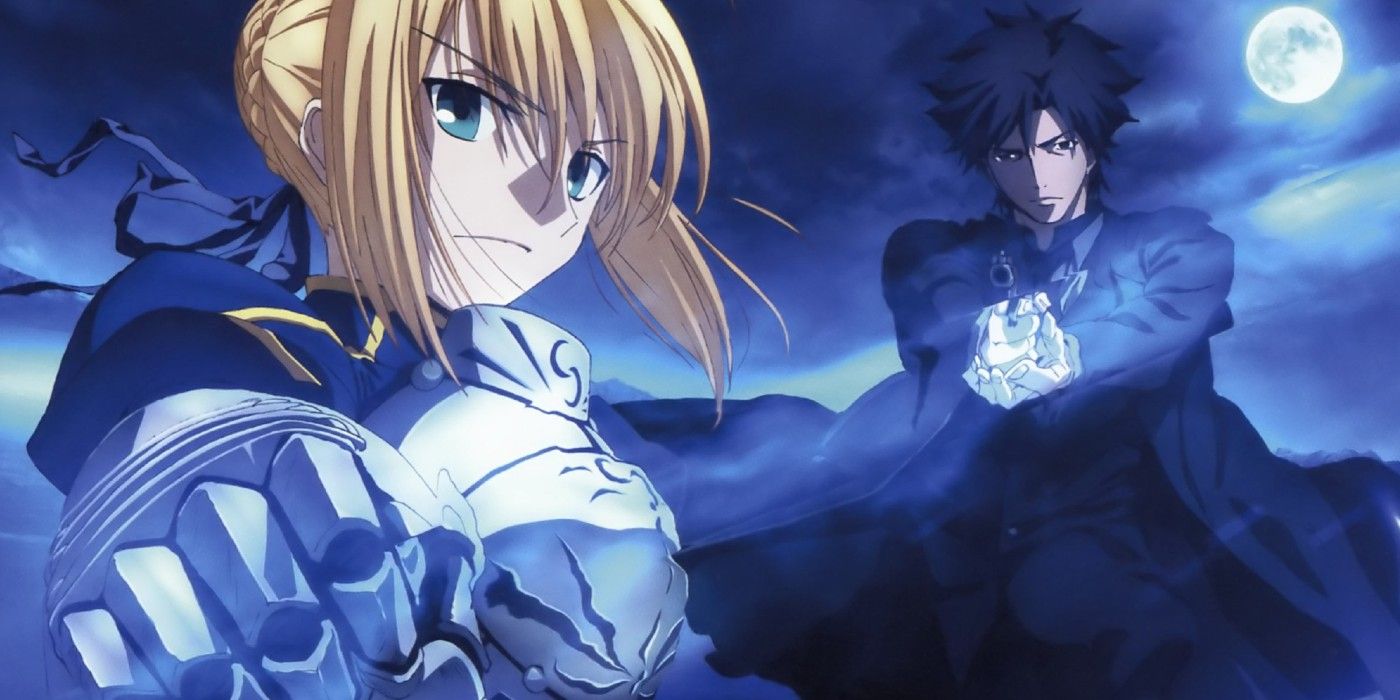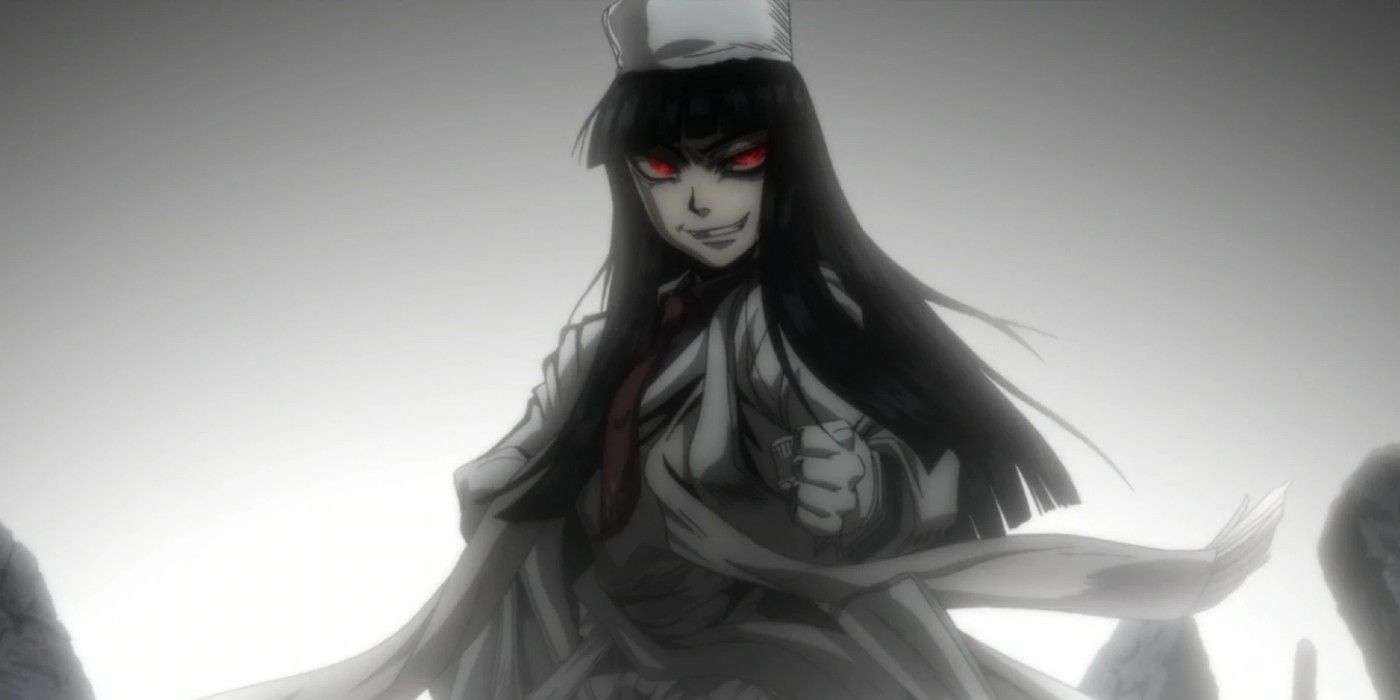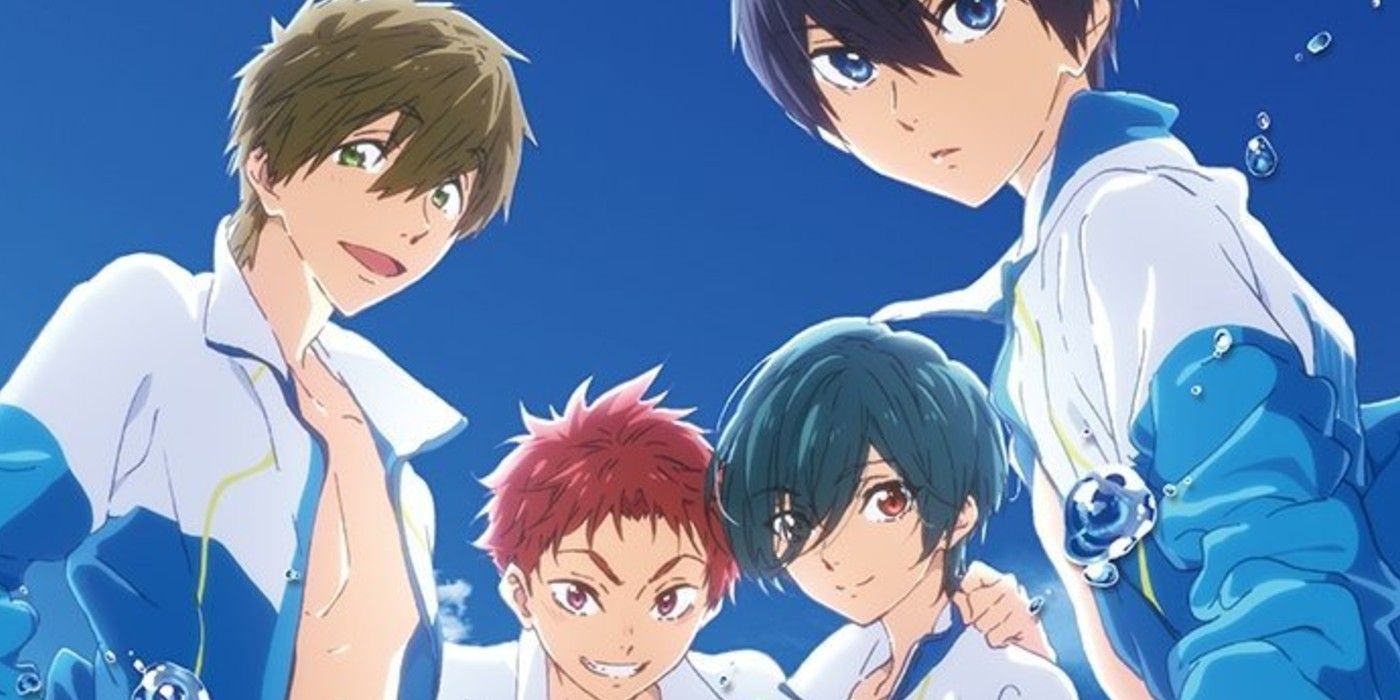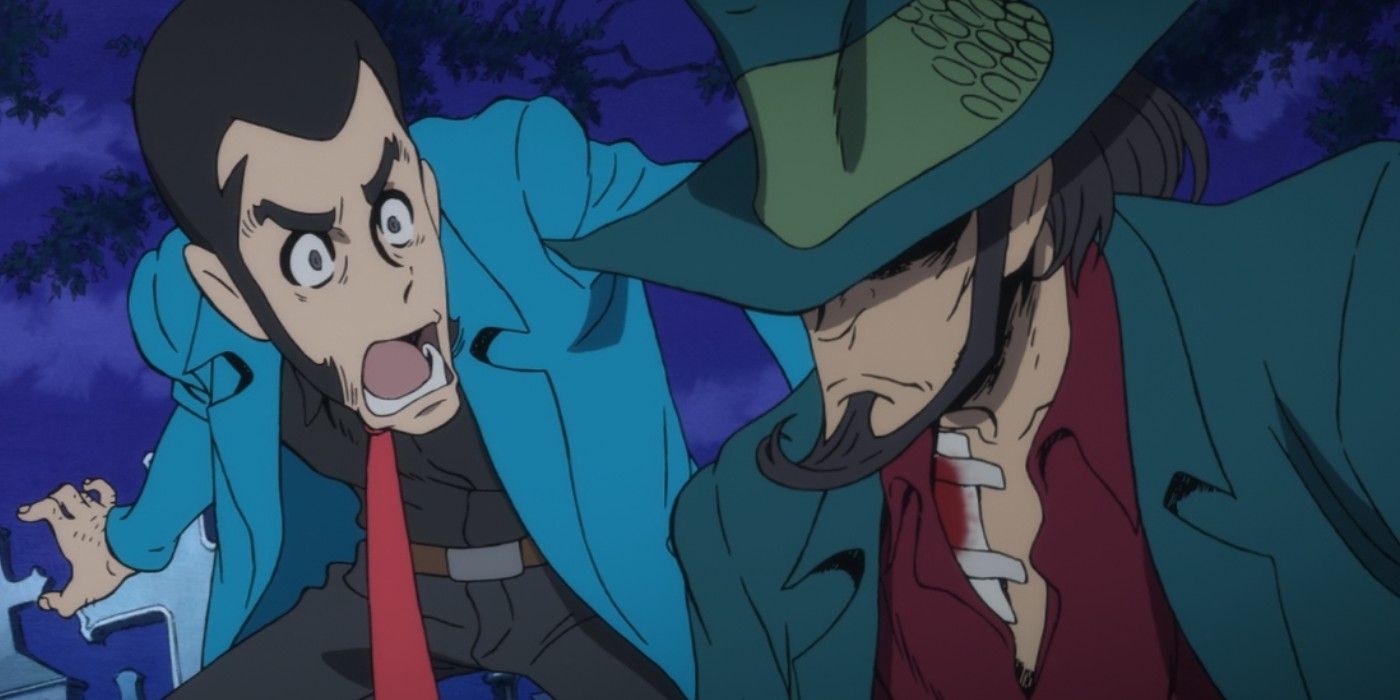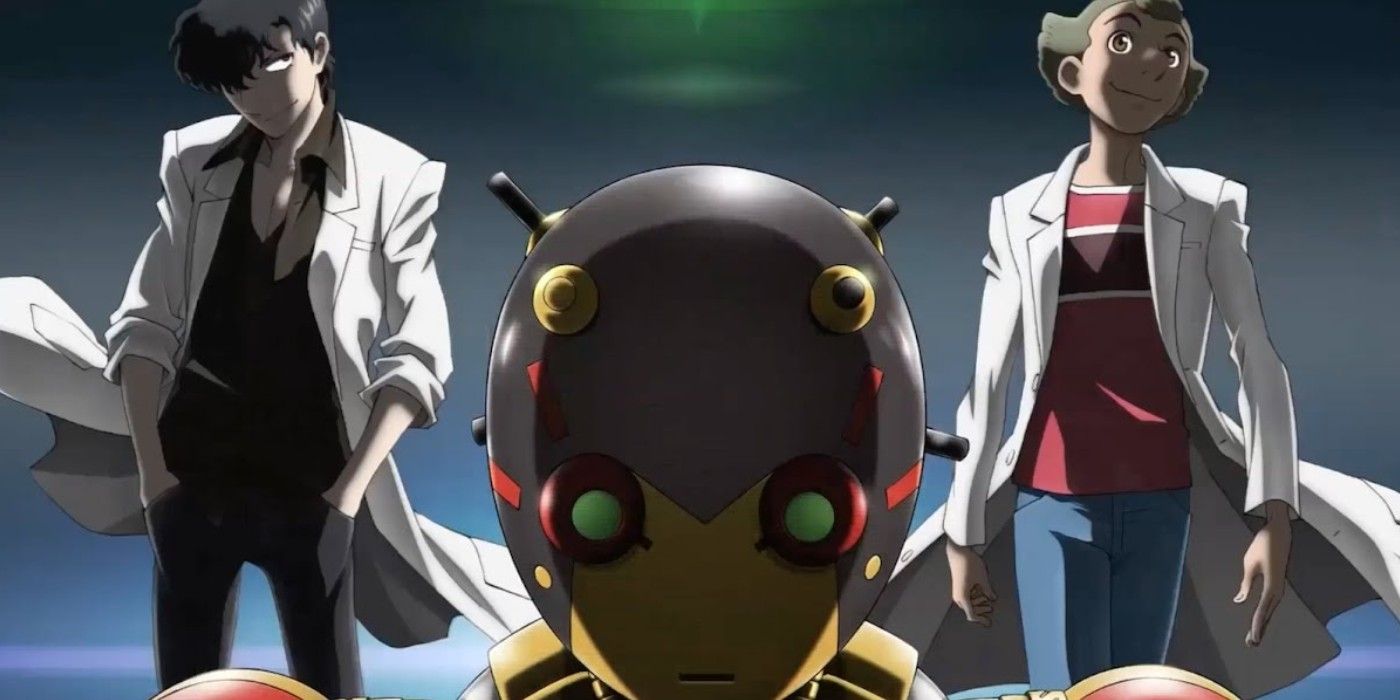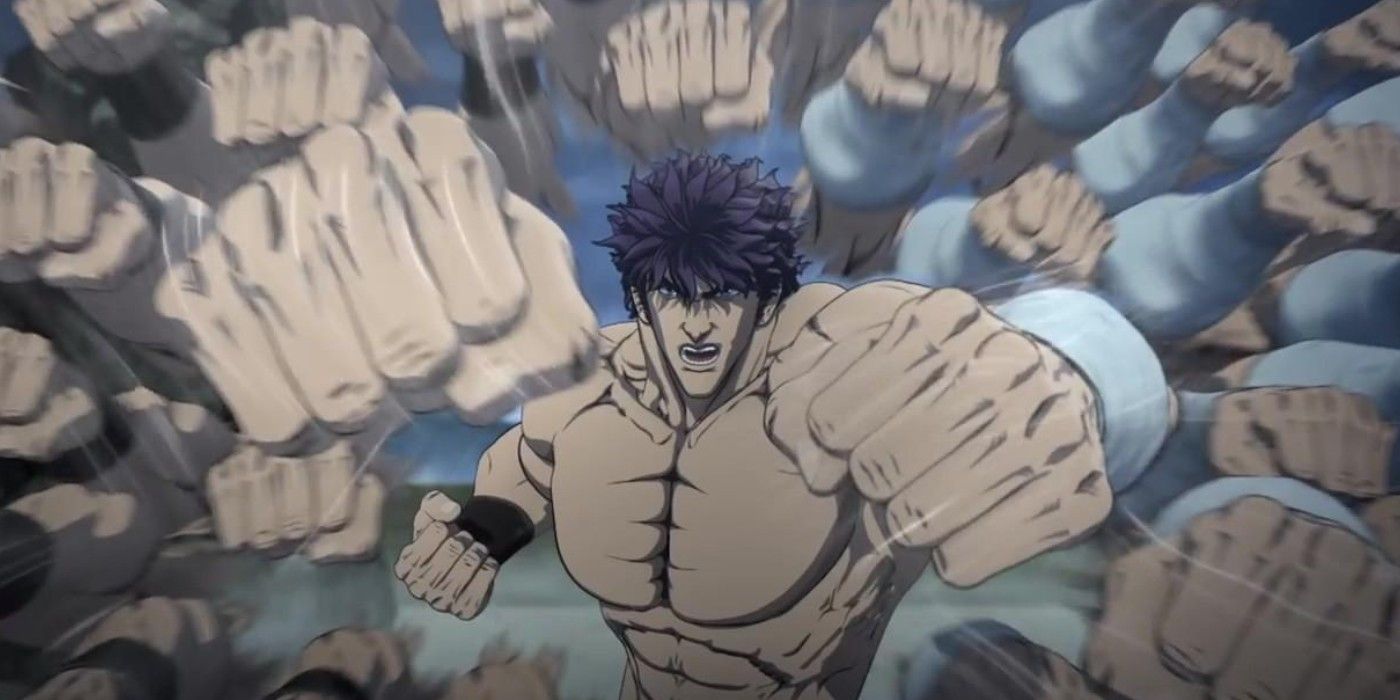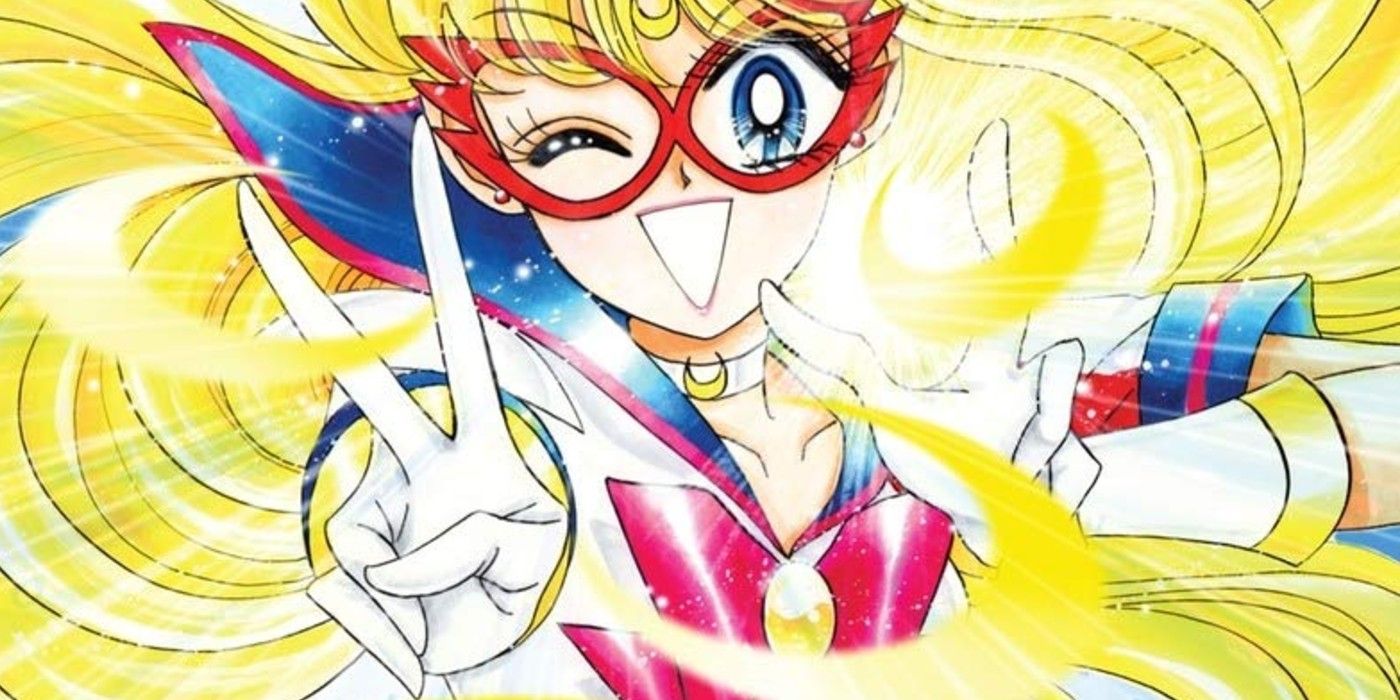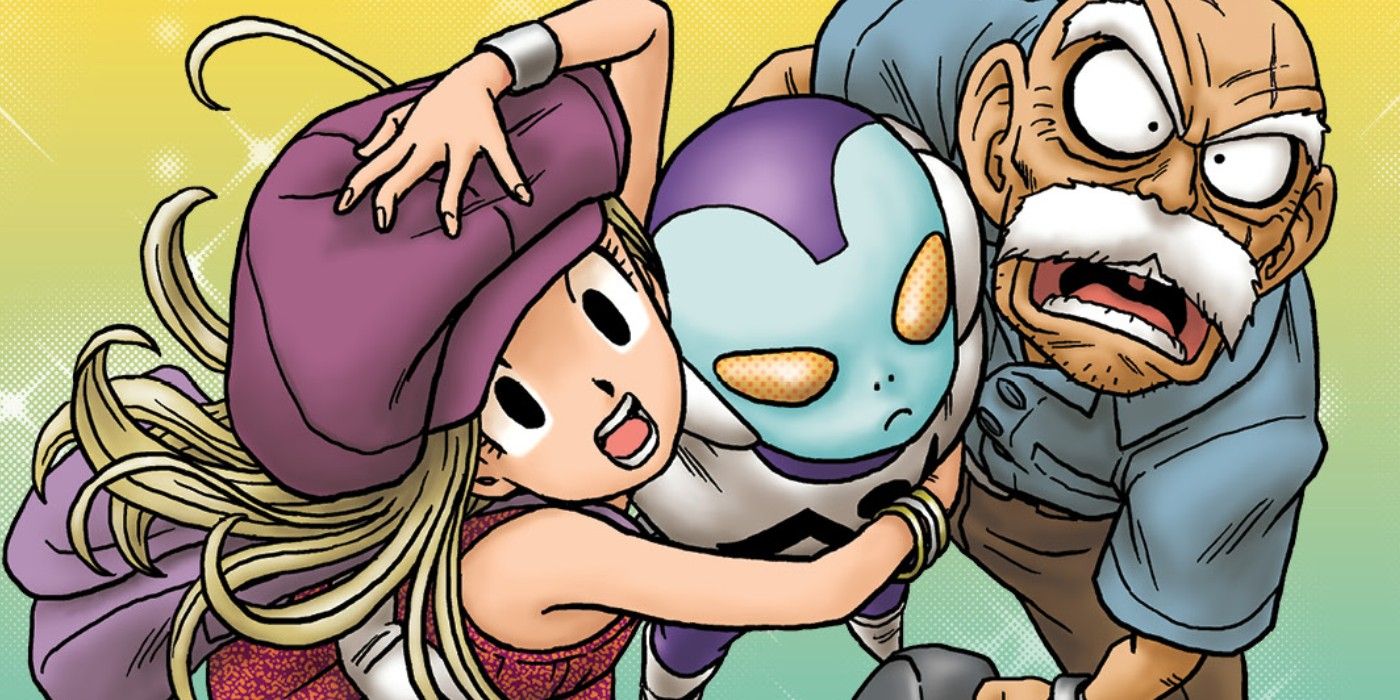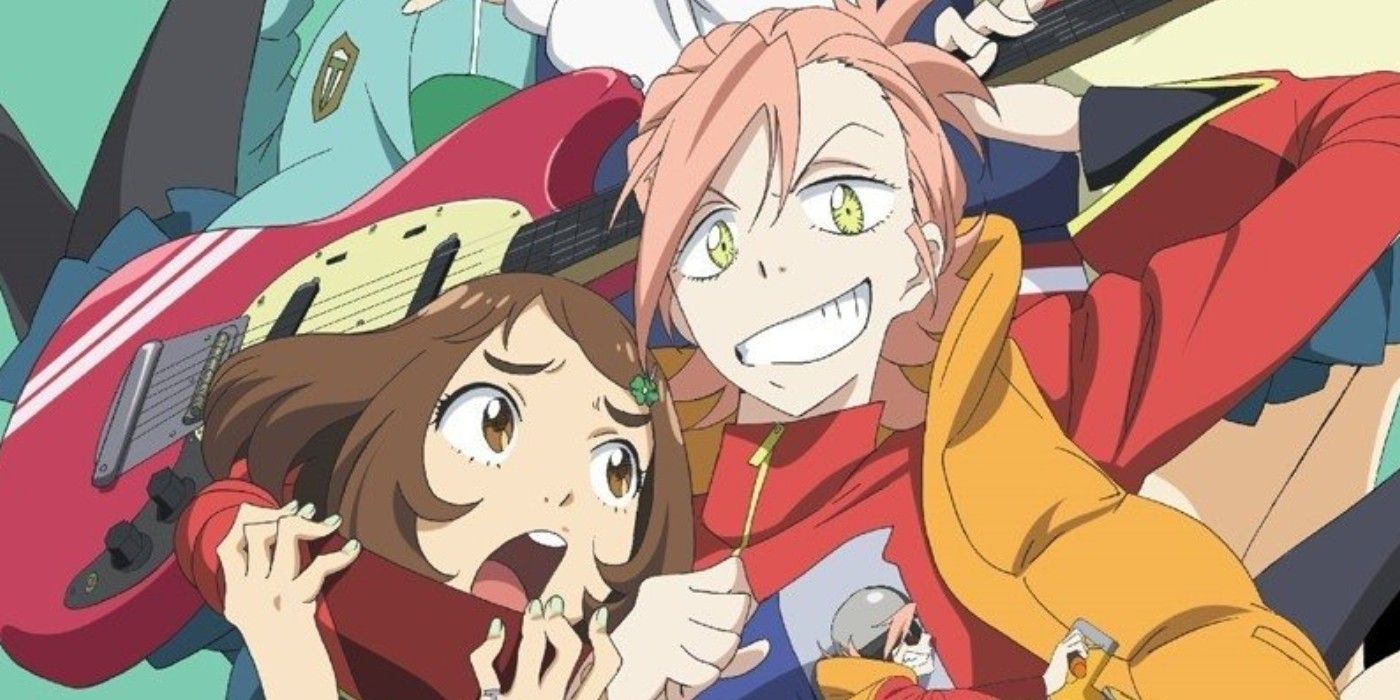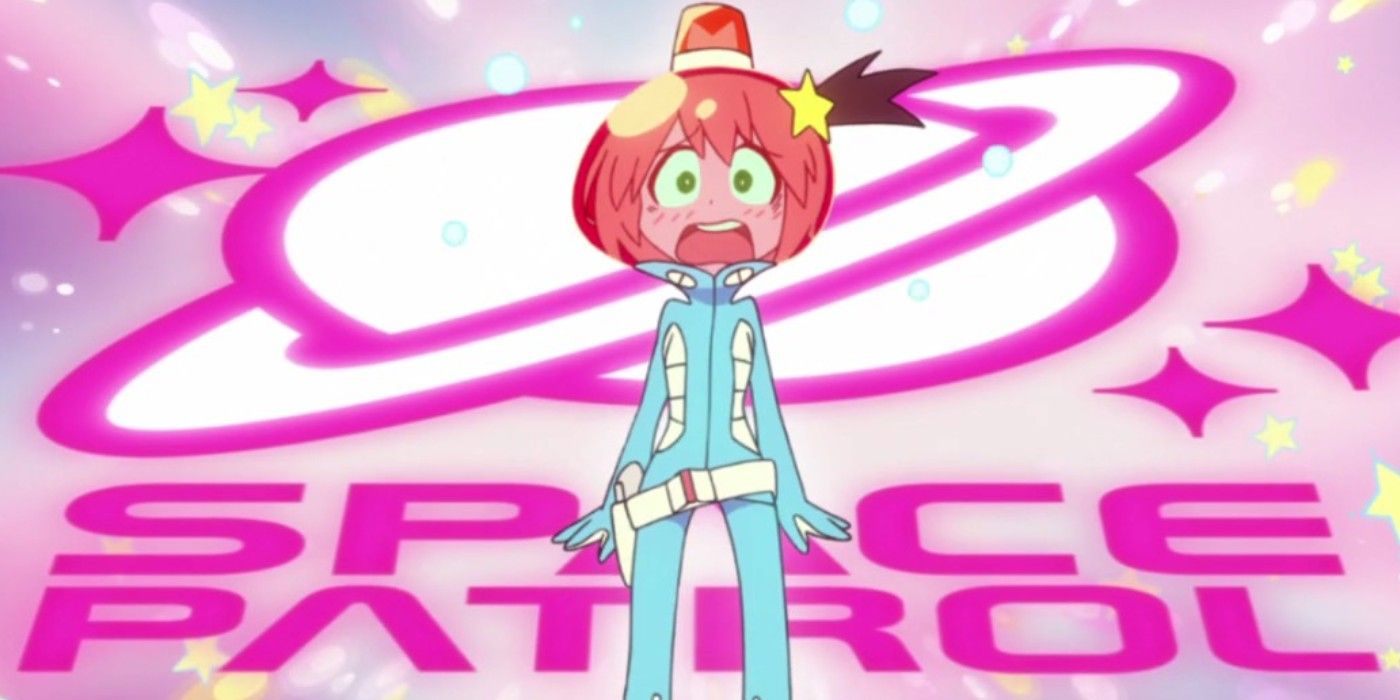Sometimes, an anime’s story is such a hit among fans that they need to know more about their favorite heroes and characters right now. This leads to tons of spin-offs, sequels, and in this case, prequels. Thing is, not all prequels get the same level of attention their predecessors do.
For one reason or another, these prequels either just flew under the radar or nobody even realized that they were a prequel story to that one anime they can’t get enough of. Worse, some of these titles have yet to be animated, further obscuring them despite the successful anime they lead up to.
10 Fate/Zero – Often Mistaken As The First Fate Anime
Ask any Fate fan where to start, and they’ll almost always point to the incredibly popular Fate/Zero, which may make this entry sound like a bit of a cheat. That said, the Fourth Holy Grail War’s being mistaken for Fate's first anime is more a case of mistaken identity than that of a forgotten prequel, thanks to the franchise’s sprawling and convoluted nature.
Fate/Zero is the prequel to the original Fate/Stay Night that it overshadowed. Fate/Stay Night's initial 2006 anime is something fans would rather ignore now that Unlimited Blade Works basically supplanted it. Kiritsugu Emiya and Saber’s brutal fight to get to the Grail can be viewed as a standalone anime or a Fate novice's gateway, further reinforcing the accidental displacement.
9 Hellsing: The Dawn – Alucard's Wartime Service
Set near World War 2’s end, Hellsing: The Dawn follows a teenage Walter and Alucard (in his female form) when they’re sent to Europe to verify rumors of Nazi vampire experiments. After just six chapters, Hellsing: The Dawn went on indefinite hiatus after mangaka Kouta Hirano abruptly dropped it.
Aside from publishing just one volume, The Dawn flew under the radars of even the most ardent Hellsing fans because it’s almost impossible to watch its anime. As of this writing, streaming sites have yet to localize or even offer The Dawn. The only way to see it is to get DVDs of Hellsing: Ultimate volumes 8 to 10, with its three episodes spread out as bonuses.
8 High Speed! – Free!, But In Middle School
When Free! originally aired, a prequel was also released. This was the light novel High Speed!, which follows the Iwatobi Swim Club’s core members but when they’re in middle school. High Speed! somewhat fell through the cracks because outside of the usual waiting period in between Japanese releases and localizations, Free! dominated the conversation.
Free! was a smash hit, leading to three seasons and tons of fans who couldn’t get enough of the swimming team’s boys. High Speed! got a sequel that was used as the basis for the prequel movie High Speed! – Free! Starting Days, which bridged the gaps between the light novels and the anime’s high school setting.
7 Lupin III – The Gravestone Of Daisuke Jigen Sets Up A Classic Lupin Movie
Lupin III is so timeless that it transcended the need for a concrete timeline. The hit franchise has tons of standalone series, movies, games, and more that can stand on their own as one-off adventures in Lupin’s long and storied career. The 2014 movie The Gravestone of Daisuke Jigen, the sequel to The Woman Called Fujiko Mine, is the exception to this rule.
The Gravestone of Daisuke Jigen is par for Lupin’s course, with him and Jigen on the run from a deadly sniper who has yet to miss a target. What makes the movie special is that it ends by introducing a mysterious figure named HLW, who has some interest in Lupin and the gang. This acronym is an alias belonging to Mamo, the central figure of the very first Lupin III movie from 1978: The Mystery of Mamo.
6 Atom: The Beginning – Astro Boys’ Creators Get The Spotlight
Even the greenest of casual anime viewers know of Astro Boy, the childlike super robot from the ‘50s who all but started anime and manga as we know it today. What many may not be aware of is that Astro got a prequel of sorts since it didn’t star him, but instead his creators: best friends Hiroshi Ochanomizu and Umatarou Tenma.
Atom: The Beginning shows the young scientists teaming up to bring forth the age of robotics that will define Astro Boy, while also chronicling their tragedy. By the time Astro is born, Dr. Tenma and Dr. Ochanomizu have become bitter rivals, with Dr. Tenma advocating robotic superiority and Dr. Ochanomizu aspiring for peace between man and machine.
5 Fist Of The Blue Sky – Kenshiro Sr.’s Pre-Post-Apocalyptic Adventures
Anyone curious about what the world looked like before it became the barren deserts of Fist of the Northstar needs to look no further than Fist of the Blue Sky, which occurs long before the end of the world. In 1935, Kenshiro’s uncle (also named Kenshiro) finds himself caught in the crossfire of a brewing war among the Triad gangs based in Shanghai, China.
Fist of the Blue Sky is more of a gangland saga than a martial arts epic but like its legendary successor, it features lots of intense melees and Kenshiro punching enemies so hard that they explode. The manga unceremoniously ended in 2010 after its magazine Weekly Comic Bunch folded, but it came back in 2017 and continues as Regenesis thanks to Comic Zenon.
4 Codename: Sailor V – Sailor Venus & Sailor Moon’s Beginnings
Long before Usagi Tsukino (aka Sailor Moon) would lead the Sailor Scouts into pop culture immortality, there was Codename: Sailor V, the prototype that would evolve into Sailor Moon. Originally, Naoko Takeuchi made Codename: Sailor V as nothing more than a fun one-off about magical girls, until Toei saw its potential and encouraged her to expand on it.
Codename: Sailor V stars Minako Aino (also Usagi's prototype) in adventures that are notably sillier than mainline Sailor Moon. After a short run, her manga ended with her joining the Sailor Scouts and ditching the Sailor V alias for Sailor Venus. Despite being the original, Codename: Sailor V never replicated Sailor Moon’s success, and wasn’t translated into English until 2011.
3 Jaco The Galactic Patrolman – Jaco’s Failed Mission Kicks Off Dragon Ball
Created by Akira Toriyama of Dragon Ball fame, Jaco the Galactic Patrolman is yet another space-faring comedy from the manga genius. Here, the eponymous space cop Jaco is sent to Earth to intercept a certain spaceship before it crash lands since it contains a deadly alien capable of blowing up the planet.
Unfortunately for Jaco, not only does his own ship crash on Earth but he fails to stop the alien rocket’s landing. In failing, Jaco inadvertently sets up Toryiama’s magnum opus Dragon Ball, since the craft contains Son Goku, a Saiyan with planet-destroying abilities. Jaco the Galactic Patrolman was released in 2013, roughly 30 years after Dragon Ball debuted.
2 FLCL: Alternative – The Surprise FLCL Prequel/Sequel
FLCL fans got a two-in-one special with the release of the anthological follow-ups FLCL: Alternative and Progressive, which star the bass guitar-wielding Haruko on surreal adventures about growing up. While Progressive could be viewed as a finale, Alternative is actually a prequel to the whole of FLCL. That said, this isn’t obvious on the first viewing.
Some hints that Alternative is set before FLCL include Haruko not yet having her signature vespa and Atomsk being practically non-existent. FLCL follows a loose chronology so despite Alternative featuring technology from the 2010s like smartphones, it can still plausibly predate the original anime from 2000. However, the anime’s reality-bending internal logic makes this ambiguous.
1 Space Patrol Luluco – The Trigger-Verse's Retroactive Origins
On its own, Space Patrol Luluco is a wacky celebration of Studio Trigger’s works. To pay for her frozen father’s thawing procedure (it makes sense in context), Luluco is gang-pressed into working for the Space Patrol. This means jumping from universe to universe or specifically, from one Trigger anime to another.
Luluco visits Kill La Kill and Little Witch Academia, gets sage advice from Inferno Cop, and fights alongside Over Justice (who may or may not be SSSS Gridman’s villain Alexis Kerib). By the end, she grows up into Trigger-Chan, Studio Trigger’s mascot. Not only does Space Patrol Luluco confirm the Trigger Multiverse's existence, but it’s retroactively the origin story of Studio Trigger’s figurehead and its animes' connective tissue.

